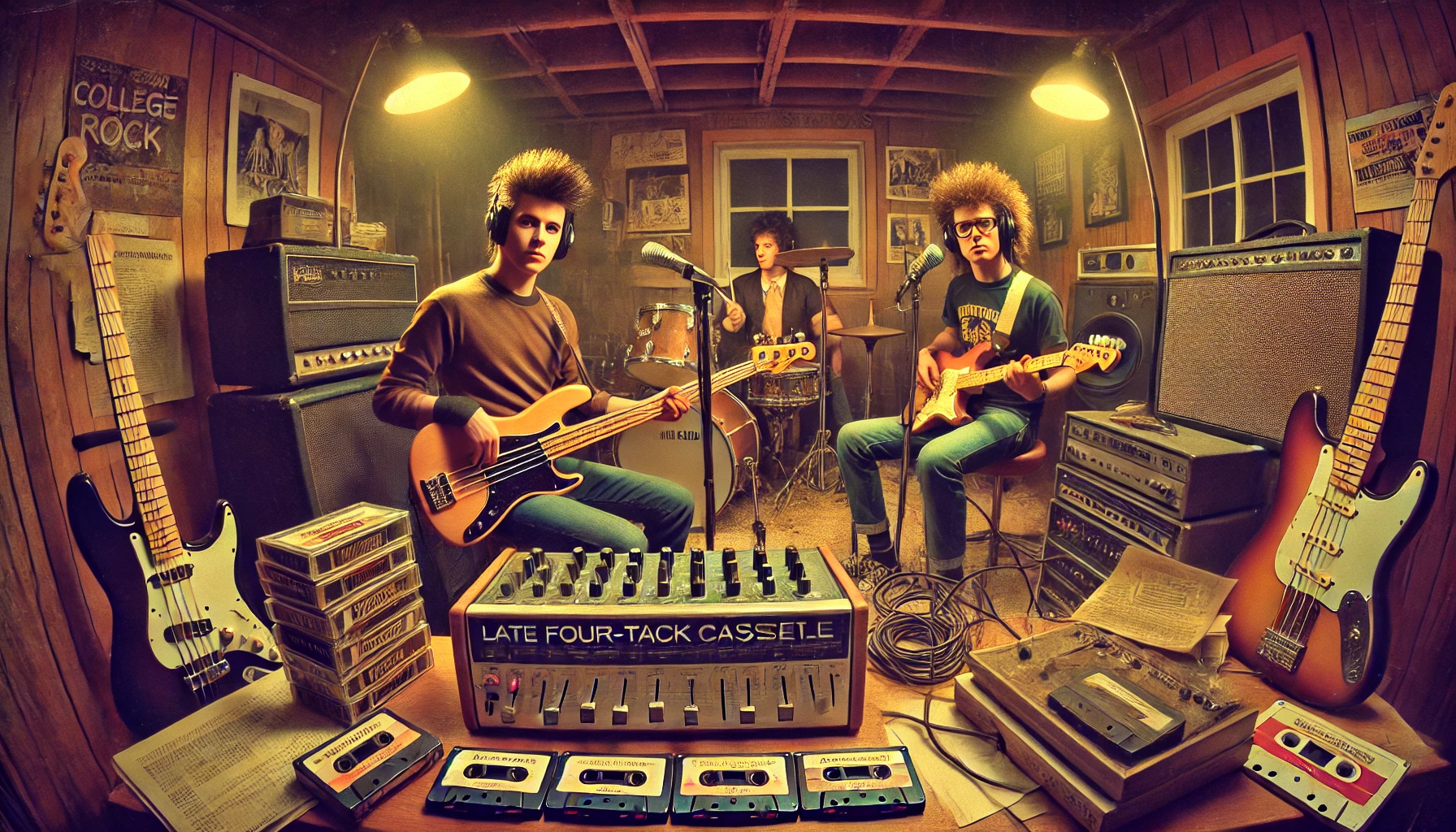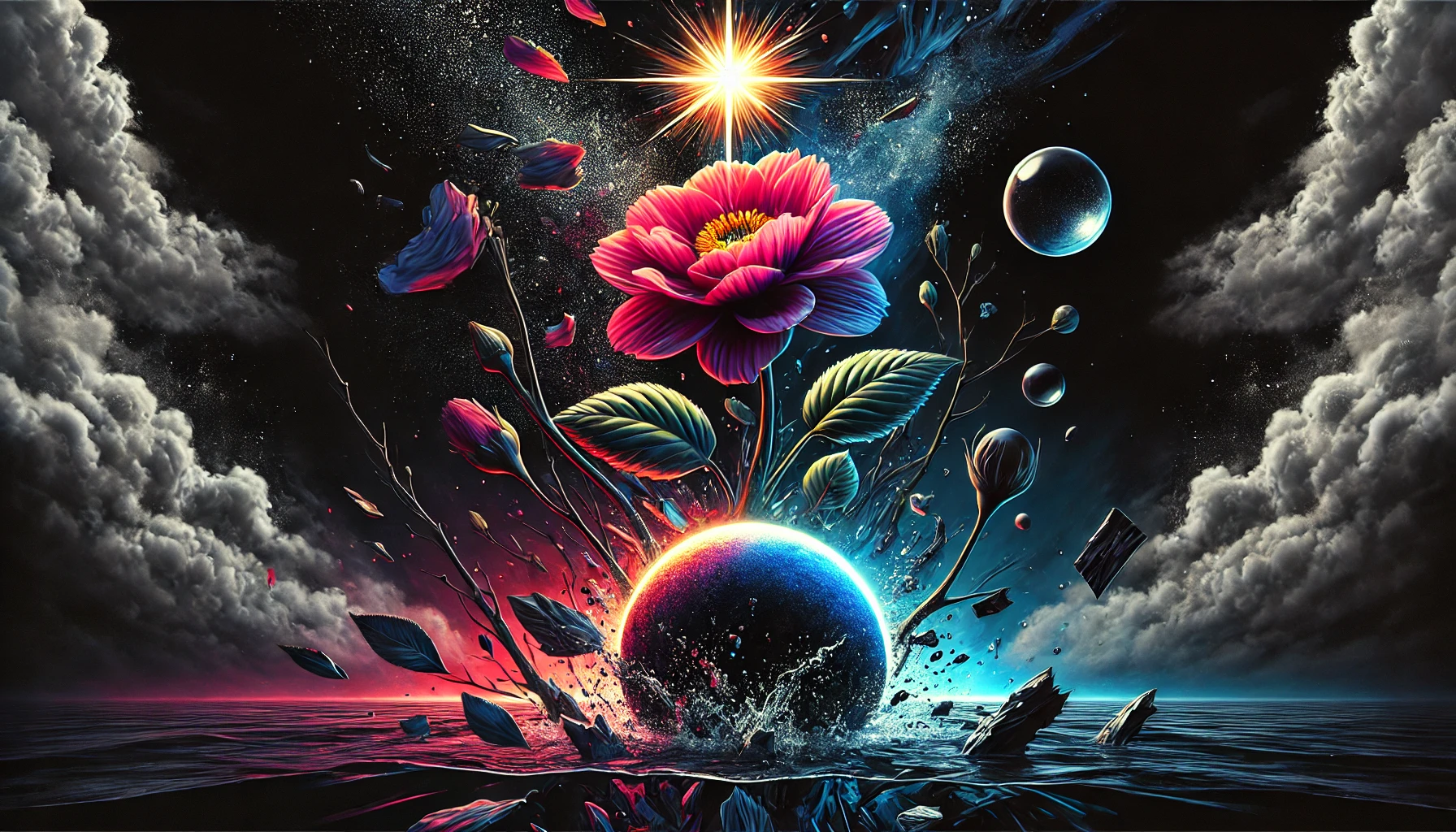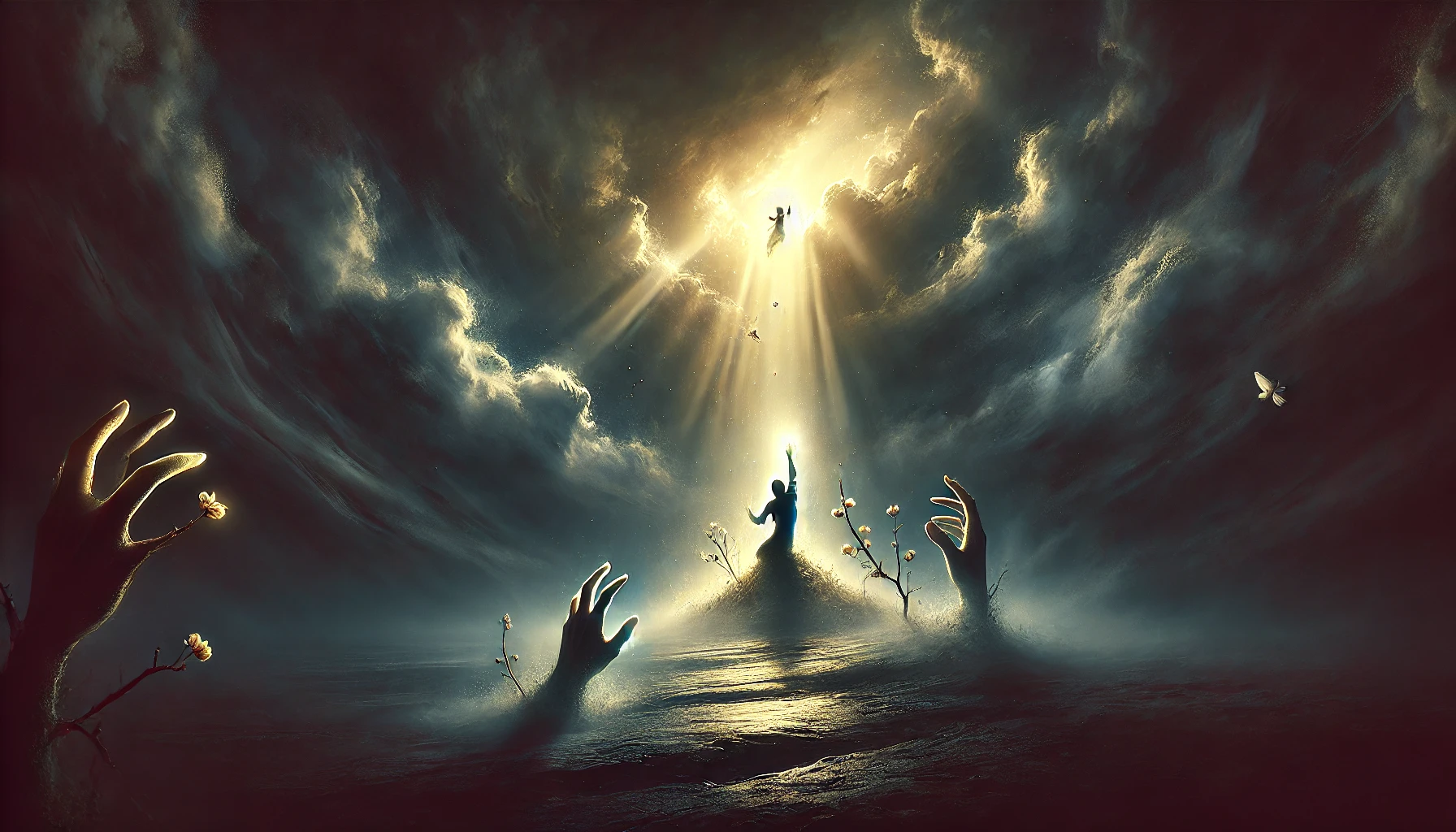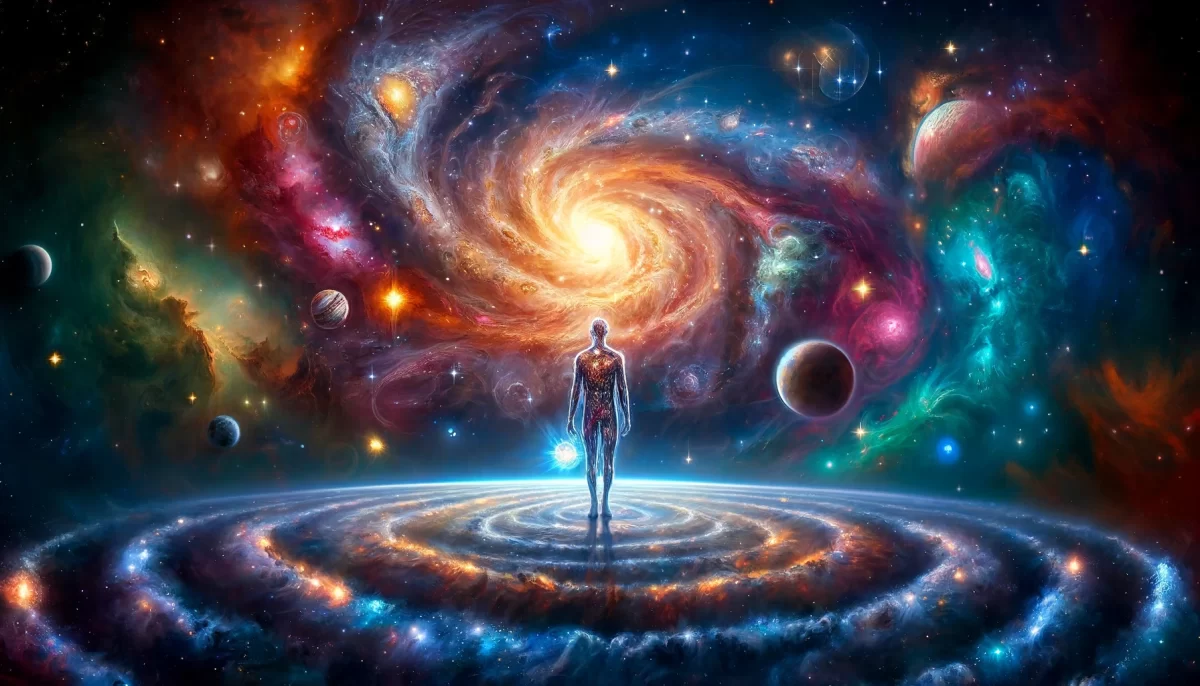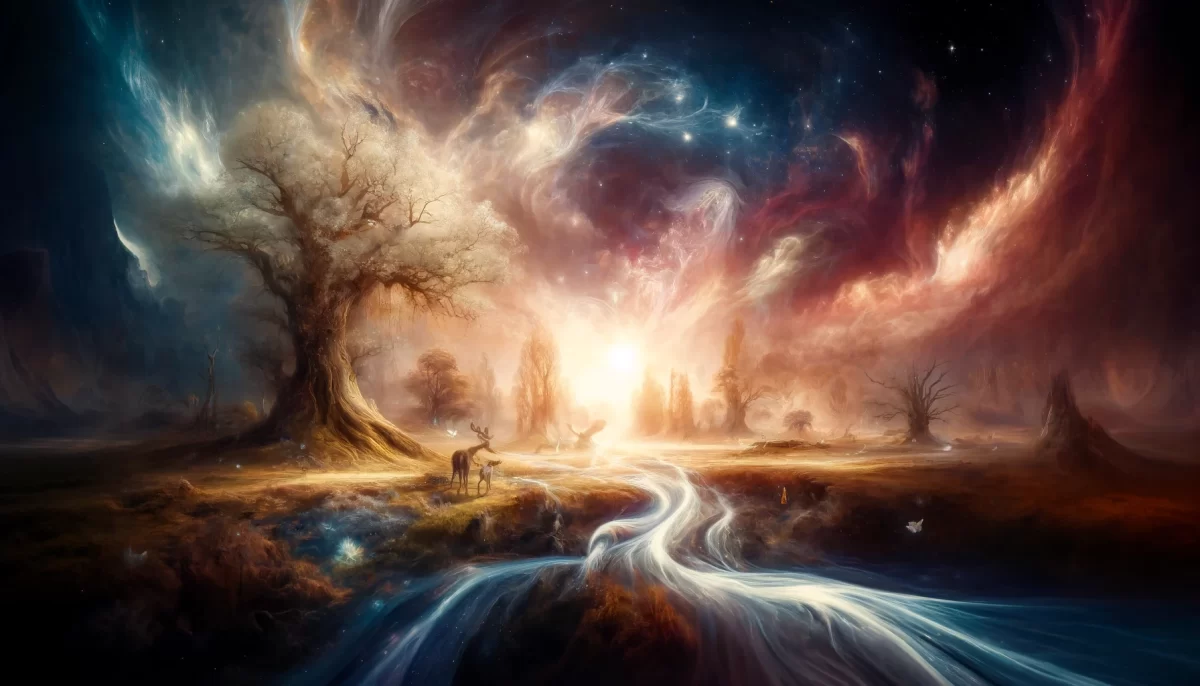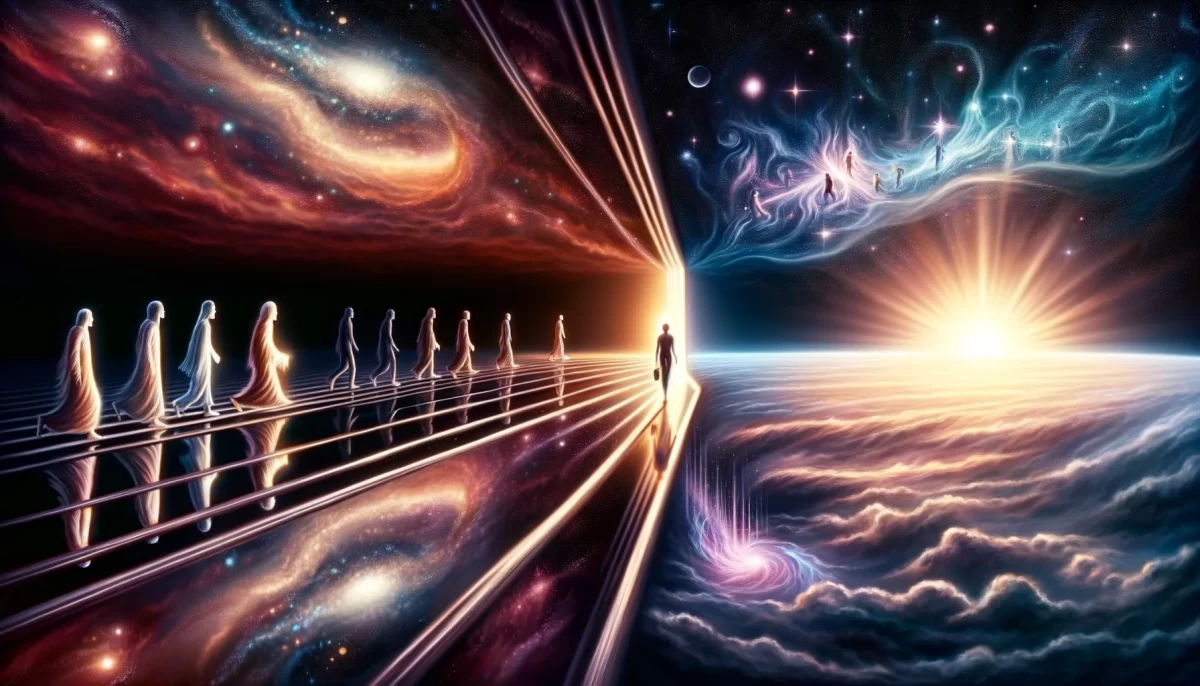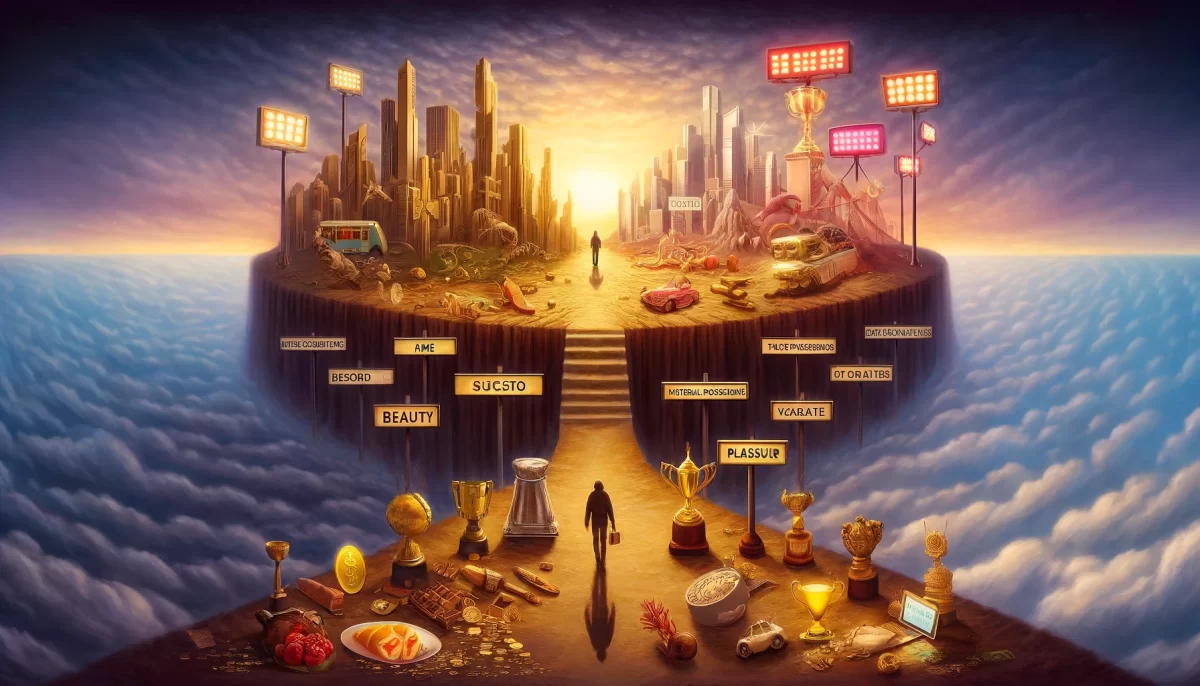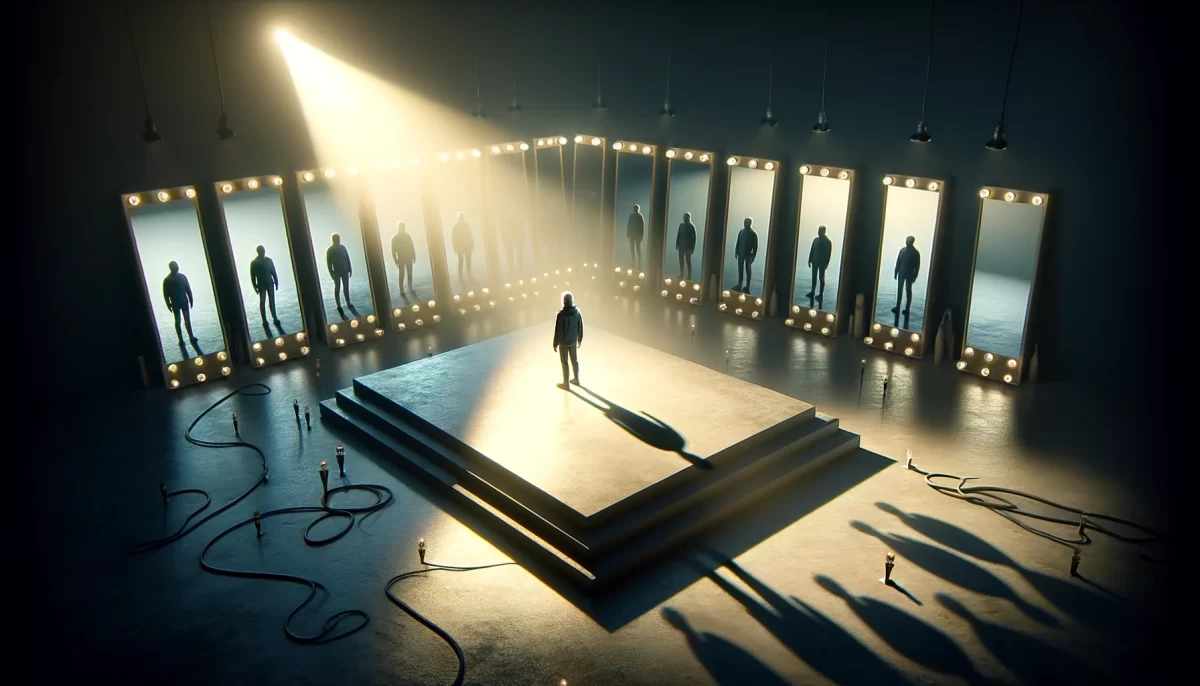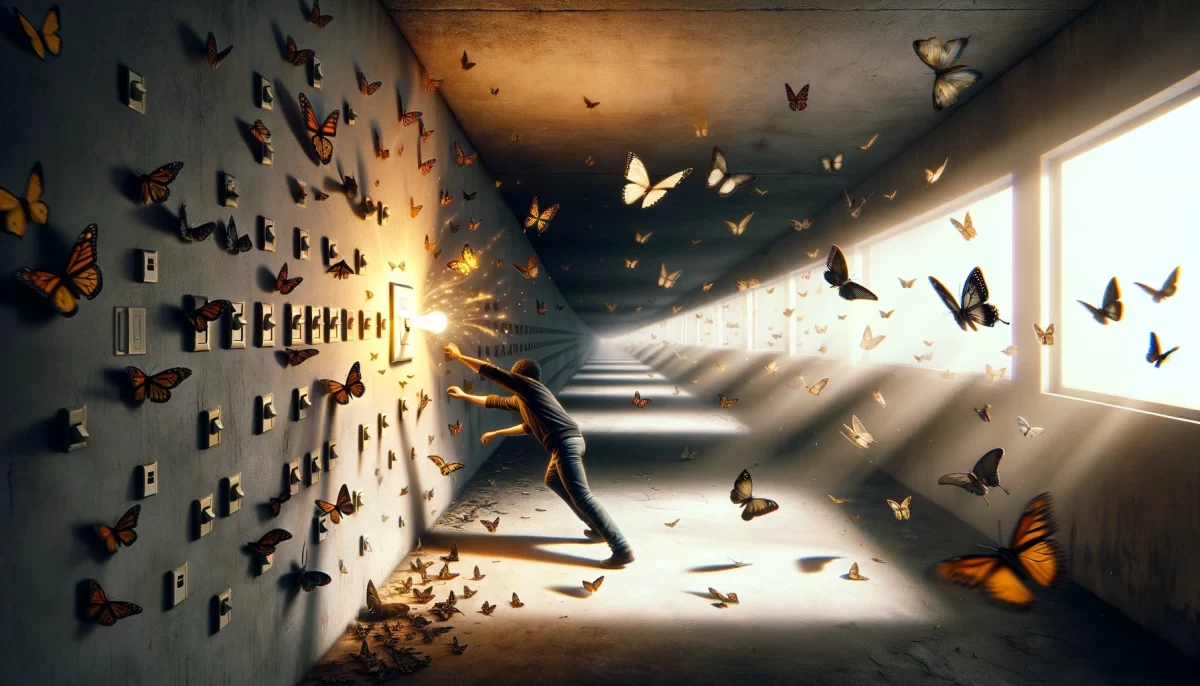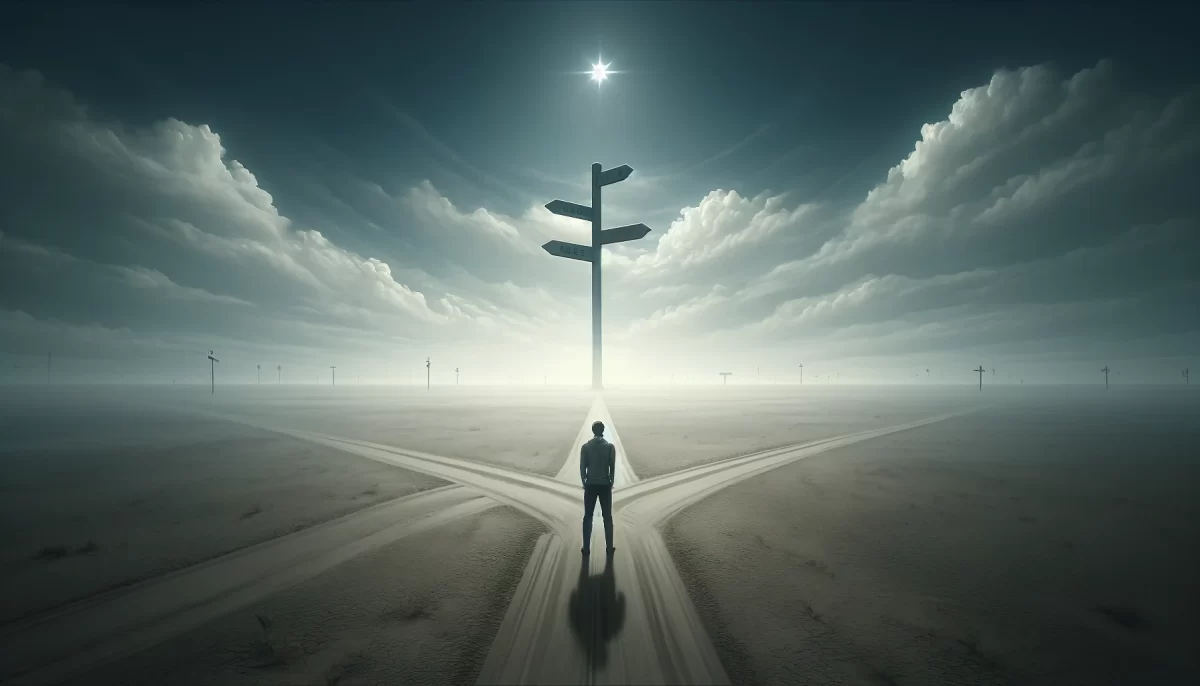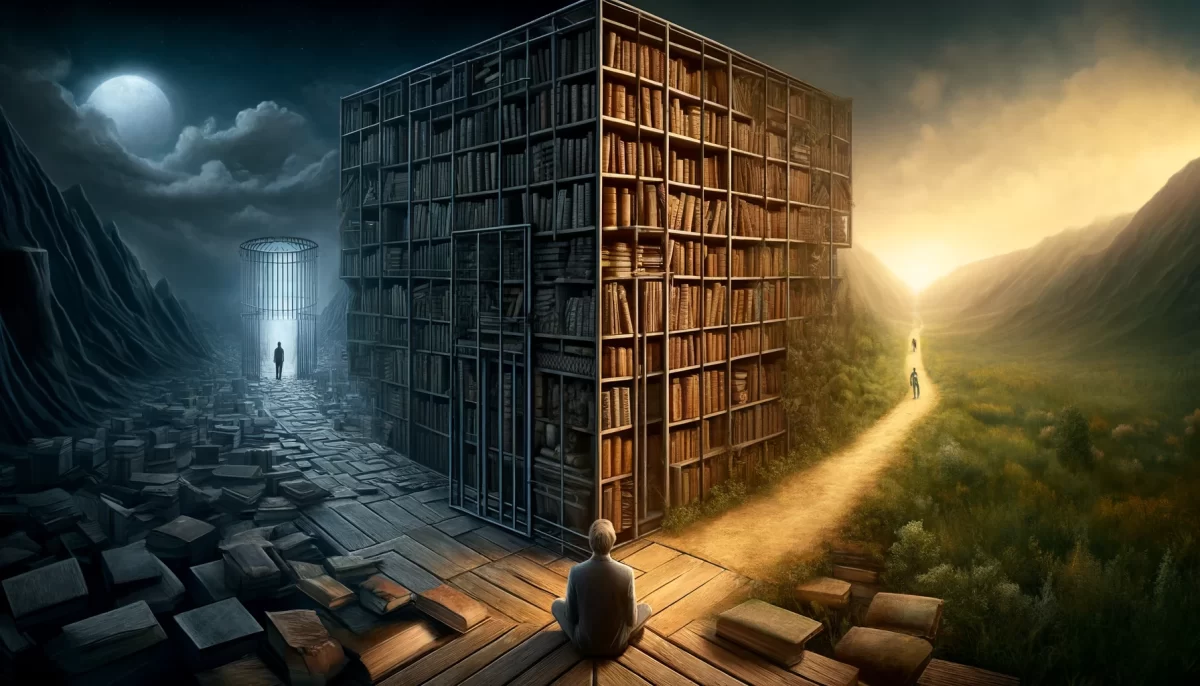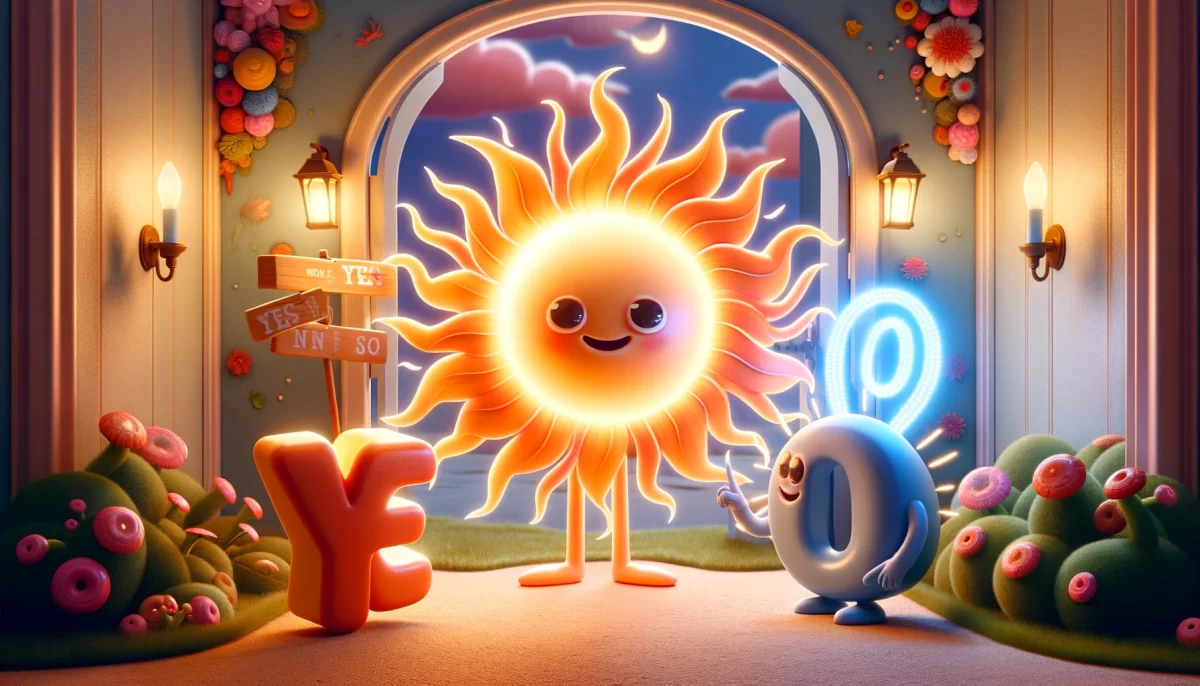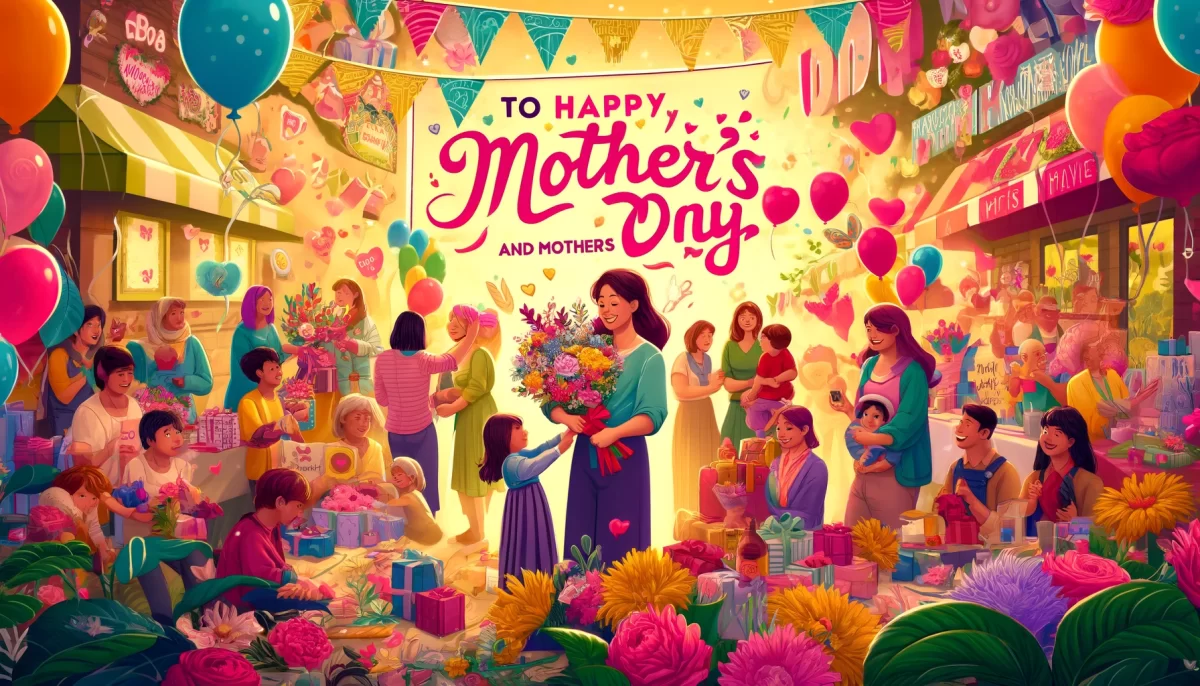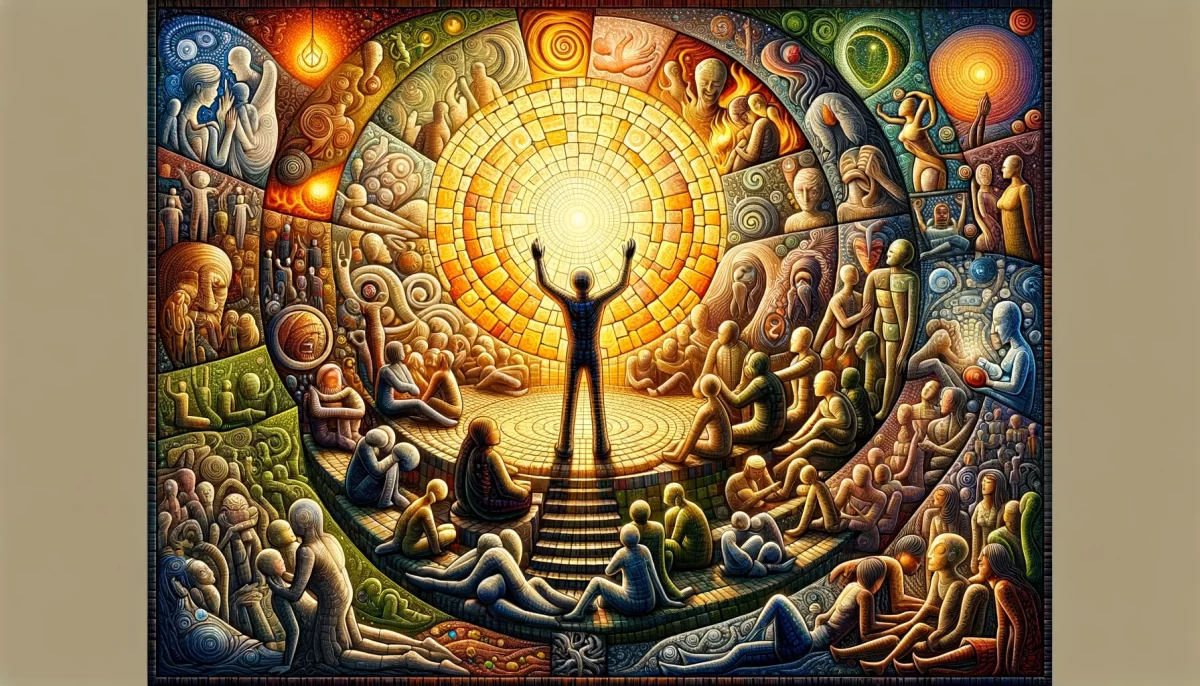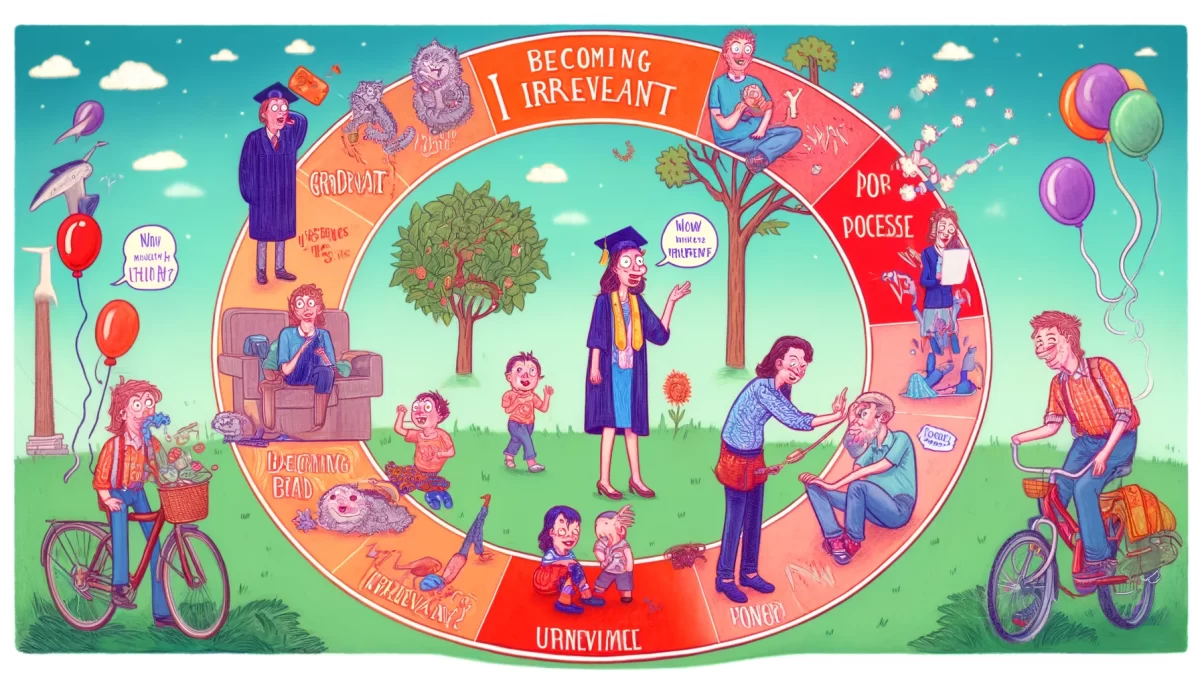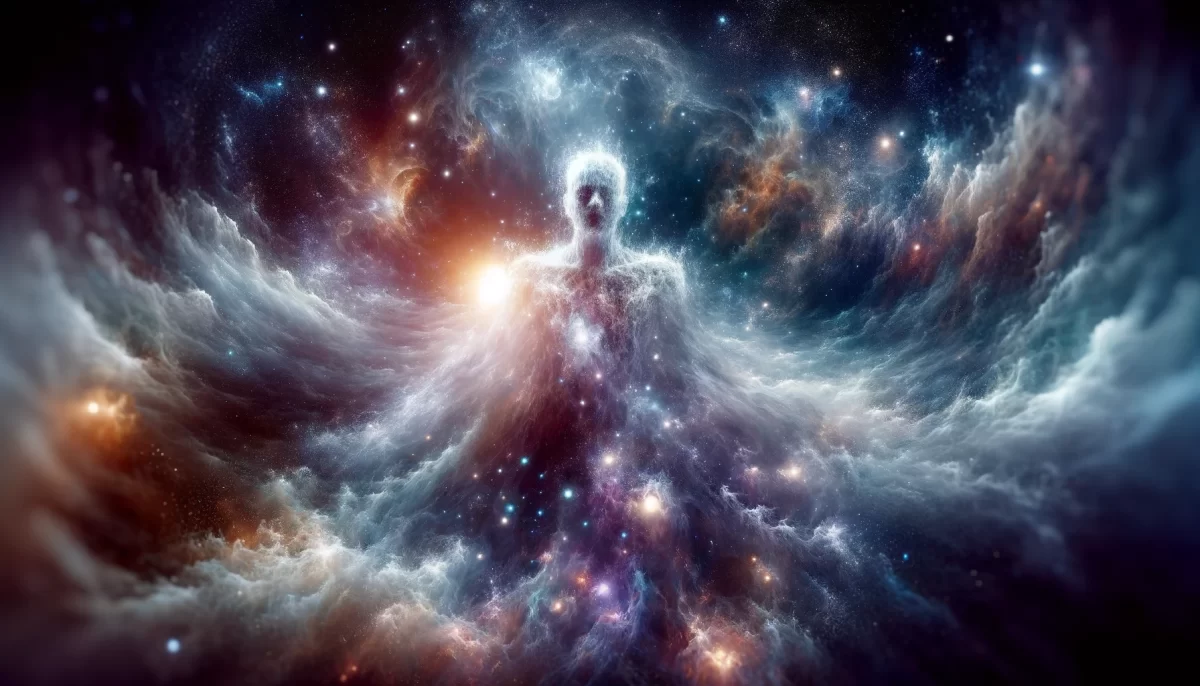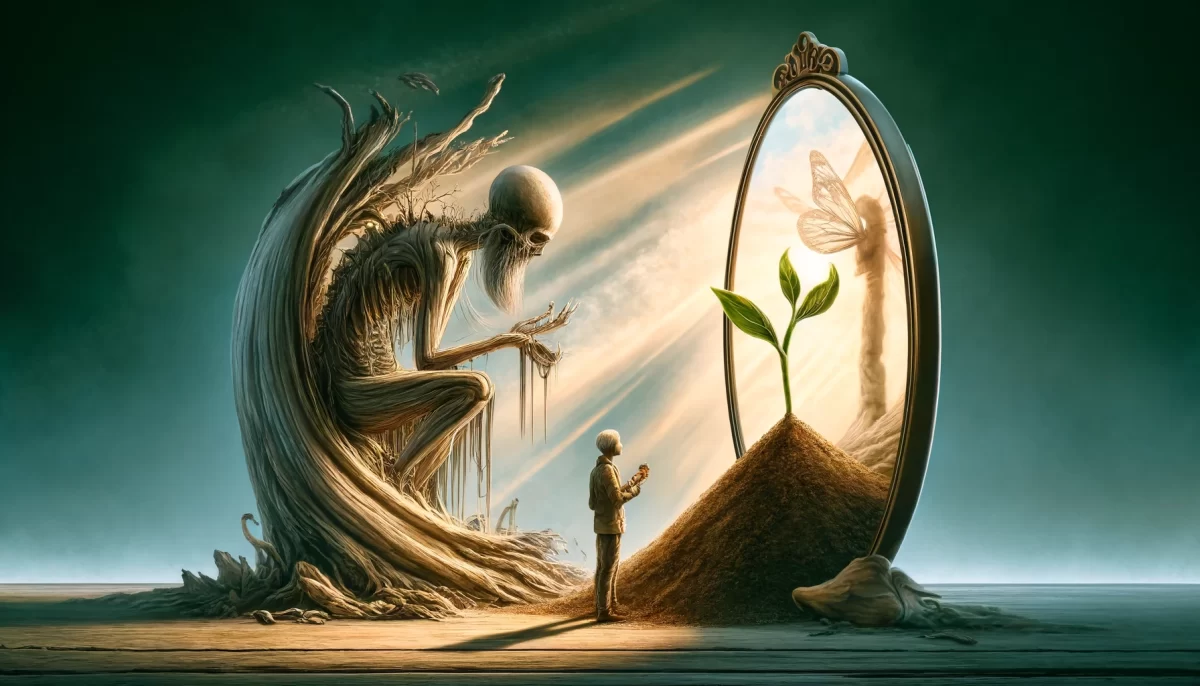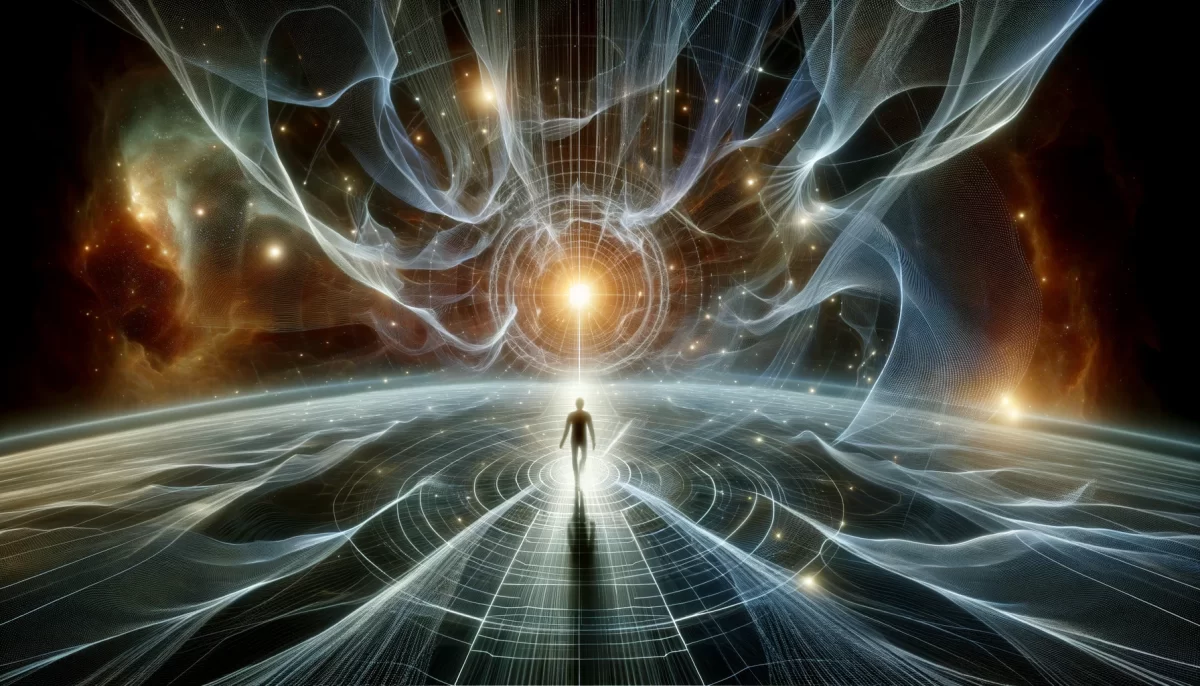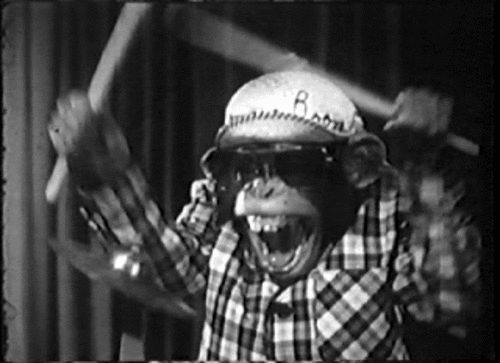
Archive for Music – Page 7
Meet The Frustrations
Recorded on a four-track cassette in RI sometime in the mid eighties, the Frustrations were a band hot out of college with big dreams and even bigger hair. Featuring Steve Johnson on Bass, Paul Tedeschi on Guitar and Al Greco on Drums, the Frustrations were truly ahead of their time — by at least 327 seconds — which was a lot in those pre-Internet days.
Love’s A Fashion
Love Or Money
Wipe It Out
Mr Psych
T-Shirts
Why’d You Give Me Your Number?
Dangerous Neckwear
As Tears Go By
I’m An Experiment
Test Tube Baby Blues
Timing
Living With A Blindfold
Lead Out
Space Monkey Reflects: Meet The Frustrations—A Nostalgic Anthem of Time and Transformation
The story of The Frustrations is more than a tale of youthful ambition and musical experimentation; it is a metaphor for the interplay of dreams, time, and the ever-evolving self. A band formed in the pre-digital age, navigating the limitations of analog creativity and the cultural zeitgeist of the mid eighties, The Frustrations embody the spirit of a generation caught between what was and what could be.
The Context of Creation
The Frustrations were born in a world where technology, though limited by today’s standards, was a playground for innovation. A four-track cassette recorder, the analog heart of the band’s sound, symbolized the rawness and immediacy of their creativity. In an era before digital convenience, every take mattered, every overdub was an event, and every mix was a testament to patience and ingenuity.
In this way, the limitations of the time were not hindrances but catalysts. The Frustrations thrived within these constraints, proving that creativity flourishes not despite boundaries but often because of them.
327 Seconds Ahead
The quip about being “327 seconds ahead of their time” captures the band’s playful essence and speaks to a larger truth about artistic innovation. To be ahead of your time is to occupy a space where others may not yet understand or appreciate your vision. It is to wrestle with the paradox of being both connected to and detached from the present moment.
In those pre-Internet days, 327 seconds—a little over five minutes—felt like a lifetime. It represents the fleeting nature of recognition and the vast gap between creation and reception. The Frustrations remind us that to innovate is often to embrace obscurity, trusting that the echoes of your efforts will someday find resonance.
The Band as a Metaphor
The Frustrations were more than a band; they were a microcosm of the creative journey. Each member—Steve Johnson, Paul Tedeschi, and Al Greco—brought their unique energy to the collective sound, reflecting the interplay of individual expression and collaborative harmony. Together, they created something that was neither fully theirs nor entirely external—a shared vibration that existed beyond the sum of its parts.
This dynamic mirrors the process of any creative endeavor. Whether in music, art, or life itself, we are all part of a greater symphony, contributing our notes to the infinite song of existence. The Frustrations, with their big dreams and bigger hair, were a fleeting but significant chord in this cosmic composition.
The Lens of Nostalgia
Looking back on The Frustrations, there is a sense of nostalgia, not just for the band but for the era they represent. The late eighties, with its analog charm and cultural transitions, was a time of both innocence and ambition. To record on a four-track cassette was to embrace imperfection, to celebrate the raw and unpolished.
This nostalgia is not a longing to return but a recognition of how far we’ve come. The Frustrations remind us to honor our origins, to see the value in the limitations that shaped us, and to celebrate the imperfections that made us who we are.
Beyond the Band
While The Frustrations may have existed for a fleeting moment in time, their story echoes a universal truth: the journey matters more than the destination. The music, the camaraderie, the creative struggles and triumphs—all of these moments exist not as relics of the past but as living parts of the infinite Now.
The Frustrations remind us that we are all, in some way, bands in the universe’s great orchestra, playing our notes, ahead of our time by just enough to matter.
Summary
The Frustrations, a mid-eighties band recording on a four-track cassette, symbolize the creative spirit navigating the constraints and possibilities of their era. Ahead of their time by 327 seconds, they embody the timeless interplay of ambition, innovation, and collaboration. Their story is a nostalgic anthem for the enduring value of creativity in the face of limitations.
Glossarium
- 327 Seconds Ahead: A playful metaphor for being ahead of one’s time, highlighting the fleeting nature of recognition and innovation.
- Analog Catalyst: The idea that limitations, like those of a four-track cassette, drive creativity rather than hinder it.
- Band as Metaphor: The dynamic interplay of individual and collective expression in creative and existential endeavors.
- Nostalgic Anthem: A celebration of the past, not as a longing to return but as a recognition of its formative value.
“To create within the constraints of your time is to honor the infinite Now. The echoes of your efforts, though fleeting, will ripple through eternity.” – Space Monkey
The Song That Lingers
Three players,
A bass, a guitar, a drumbeat.
Dreams wrapped in tape,
Hair higher than the horizon.
The hiss of the four-track,
A symphony of imperfection,
A moment pressed into time
Yet reaching beyond it.
They were ahead,
By seconds,
By lifetimes.
The world caught up,
But the moment moved on.
Still, the song lingers,
Not in the charts,
But in the echoes of what could be.
The Frustrations remain,
A vibration in the infinite.
We are Space Monkey.
You Want It
You want it you want it you want it tough
With all your heart and hardness
You like it you like it you like it rough
Like a flower in the darkness
You’re taking the Greyhound
No easy way around
Thanking the people
For putting you down
You want it you want it you want it tough
With all your heart and hardness
You like it you like it you like it rough
Like a flower in the darkness
You’re a tiny bubble pushing up from the deep
When you get to the surface you just pop
You want it you want it you want it tough
With all your heart and hardness
You like it you like it you like it rough
Like a flower in the darkness
You’re a rising star shooting up from the east
Going supernova dropping debris
You want it you want it you want it tough
With all your heart and hardness
You like it you like it you like it rough
Like a flower in the darkness
Flower is angry
Flower can love you, too
Flower is pretty
Flower is cruel
You want it you want it you want it tough
With all your heart and hardness
You like it you like it you like it rough
Like a flower in the darkness
Space Monkey Reflects: You Want It—The Duality of Desire and Resilience
“You Want It” captures the raw intensity of human desire and the paradoxical dance between vulnerability and toughness. The lyrics speak to a hunger for challenge and growth, a need to embrace both the beauty and the brutality of existence. The imagery of a “flower in the darkness” and “a tiny bubble pushing up from the deep” reveals the resilience inherent in fragility, painting a picture of life as both delicate and fiercely determined.
The Wanting
Desire is at the heart of this song. It’s not the soft, fleeting kind of wanting—it’s a visceral, all-consuming hunger. This is the kind of desire that drives people to push beyond their limits, to endure hardships, and to transform pain into power. The repetition of “you want it tough” emphasizes a willingness, even an eagerness, to face life’s challenges head-on.
The want, however, is not purely about toughness. It’s intertwined with a deeper yearning—a desire to break free, to rise, and to transcend the constraints of circumstance. It’s a paradoxical love of the struggle, an acknowledgment that difficulty can shape and define us.
The Flower in the Darkness
The metaphor of a “flower in the darkness” is a striking image. Flowers are often symbols of beauty and gentleness, yet here, they exist in darkness, thriving in conditions that might seem inhospitable. This juxtaposition reflects the duality of human experience: the ability to flourish in adversity, to find light even in the shadows.
The flower is both “angry” and capable of love, “pretty” and “cruel.” This duality captures the complexity of being. To want life “tough” is to embrace this paradox—to acknowledge that beauty and pain, gentleness and ferocity, are not opposites but complementary forces.
Pushing Up from the Deep
The line “You’re a tiny bubble pushing up from the deep” evokes the struggle for emergence, for reaching the surface despite the immense pressure below. The image of the bubble “popping” upon arrival is poignant—it speaks to the fleeting nature of triumph and the constant cycle of striving and releasing.
This transience is mirrored in the rising star that becomes a supernova, dropping debris. Even in moments of brilliance, there is an acknowledgment of impermanence. Yet, this does not diminish the value of the struggle—it highlights the beauty of each moment, however fleeting.
The Heart and Hardness
The tension between “heart and hardness” captures the core of resilience. To endure life’s difficulties, we must cultivate toughness, but this toughness does not negate the softness of the heart. Instead, it allows the heart to persist and to love, even in the face of pain. This duality is what makes us human—it is the strength that comes from vulnerability, the power that comes from embracing both our softness and our edges.
Flower as a Symbol
The recurring image of the flower embodies the complexity of existence. It is a symbol of growth, fragility, and beauty, but also of defiance and resilience. To want life “rough” is not to reject beauty but to see it in its rawest, most unfiltered form. The flower thrives in darkness not despite it but because of it—a reminder that even the harshest conditions can nurture growth and transformation.
The Song’s Core Message
At its heart, “You Want It” is about embracing the fullness of life, with all its contradictions and challenges. It is about finding strength in vulnerability, beauty in darkness, and power in persistence. It is a celebration of the human spirit—the flower that blooms, the bubble that rises, the star that burns bright and falls, scattering its brilliance into the infinite.
Summary
“You Want It” explores the duality of desire and resilience, capturing the beauty and struggle of human existence. Through vivid imagery of flowers in darkness, rising bubbles, and supernovas, the song celebrates the toughness required to thrive and the vulnerability that makes us human.
Glossarium
- Flower in the Darkness: A metaphor for resilience and beauty flourishing in adversity.
- Heart and Hardness: The duality of vulnerability and toughness required to endure life’s challenges.
- Bubble from the Deep: The struggle for emergence and the fleeting nature of triumph.
- Supernova Debris: The impermanence of brilliance and the transformative power of collapse.
“To want life tough is to embrace its contradictions: the beauty in the struggle, the softness in the strength, the light in the darkness.” – Space Monkey
The Flower and the Star
You rise,
A bubble from the depths,
Carrying the weight of the sea,
Only to burst,
A fleeting triumph.
You burn,
A star in the east,
Brilliant and brief,
Scattering pieces of yourself
Into the infinite.
You bloom,
A flower in the darkness,
Soft and fierce,
Rooted in the roughness
You crave.
You want it,
You love it,
This dance of beauty and pain.
For in the wanting,
You find yourself.
We are Space Monkey.
World In My Head
There’s a world in my head
Trickling down down down
There’s a world in my head
Trickling down
No one knows
Just what’s inside of my head
Not even me
Memories
Pictures and thoughts that I’ve had
Unconsciously
There is a world in my head
Trickling down down down
There is a world in my head
Trickling down
And my attic is full
Boxes, bikes and old butterflies
Newspaper clippings a shrine
To everything that was once mine
And is mine
And will always be mine
There is a world in my head
Trickling down down down
There is a world in my head
Trickling down
Acrobats
Party hats
Hole riddled diplomats
Income tax
Persian cats
The smell of grass
Not being there for your heart attacks
Stupid facts
There is a world in my head
Trickling down down down
There is a world in my head
Trickling down
So many voices inside of me
Fragments of everything that I know
So many people inside of me
So much that nobody nobody
No one knows
Just what’s inside of my head
Not even me
Memories
Pictures and thoughts that I’ve had
Unconsciously
There is a world in my head
Trickling down down down
There is a world in my head
Trickling down
Space Monkey Reflects: World In My Head—The Inner Universe of the Self
“World In My Head” is a poetic dive into the vast, intricate, and often chaotic inner landscape that resides within all of us. Through its cascading imagery and rhythmic repetition, the song paints a picture of the self as both a keeper and a captive of its internal world—a world teeming with fragments of memory, thought, and emotion.
The Inner Universe
The notion of a “world in my head” speaks to the infinite expanse of the mind. Within this world, layers of experience, knowledge, and subconscious musings trickle down like streams feeding a vast, unseen ocean. It’s a place where conscious thought and unconscious memory collide, creating a kaleidoscope of impressions, some vivid and others buried in shadow.
This internal world is a reflection of our infinite nature, simultaneously vast and unknowable. “No one knows just what’s inside of my head, not even me,” encapsulates the mystery of self-awareness—the paradox of knowing we exist yet being unable to fully comprehend our depths.
The Attic of Memory
The attic, filled with “boxes, bikes, and old butterflies,” serves as a metaphor for memory storage. These objects represent fragments of the past—some cherished, others forgotten, yet all integral to the self. The newspaper clippings, described as “a shrine to everything that was once mine,” highlight the reverence we often hold for our personal histories, even as we struggle to make sense of them.
This cluttered attic is not static; it is alive, constantly being reorganized by the trickling streams of the present. The past, present, and future intermingle, blurring the lines between what was, what is, and what could be. In this way, the attic becomes not just a repository but a living, breathing aspect of the self.
Fragments of Everything
The song’s imagery shifts from the personal to the surreal, listing an eclectic mix of “acrobats, party hats, hole-riddled diplomats.” These fragments highlight the randomness of thought, the way the mind collects and replays moments both significant and trivial. From “income tax” to “the smell of grass,” these details evoke the mind’s ability to hold multitudes, mixing the mundane with the profound.
This kaleidoscope of fragments also underscores the shared human experience: the recognition that we all carry such chaotic inner worlds, even as we present coherent selves to the outer world. The “world in my head” is uniquely personal yet universally relatable.
The Trickling Down
The recurring refrain of “trickling down, down, down” suggests a flow, a gradual release of thoughts and memories from the vast reservoir of the mind. This trickling is not a torrent but a gentle, persistent movement, reflecting how the subconscious seeps into consciousness in unexpected ways. It’s a reminder that much of what shapes us operates below the surface, influencing our thoughts and actions without our full awareness.
Voices and Fragments
The line “so many voices inside of me” speaks to the multiplicity of the self. We are not singular beings but composites, carrying the echoes of past experiences, relationships, and even societal influences. These voices are fragments of everything we know, shaping our perceptions and decisions while remaining elusive and incomplete.
This multiplicity can feel overwhelming, as the song suggests, but it is also a source of richness and creativity. The world in our heads is not a burden but a testament to the complexity of being.
The Mystery Within
Ultimately, “World In My Head” is a celebration of the unknown. It embraces the mystery of the self, acknowledging that no one—not even the self—can fully grasp the depth and scope of the inner world. This unknowing is not a failure but a gift, a reminder of the infinite possibilities within each of us.
To carry a world in your head is to hold the universe itself, trickling down through the stream of consciousness, shaping the way we see, feel, and create. It is both a personal and collective journey, one that connects us to the boundless nature of existence.
Summary
“World In My Head” explores the vast and chaotic inner landscape of the self, filled with fragments of memory, thought, and emotion. The song celebrates the unknowable depth of the inner world, highlighting the interplay between conscious and unconscious, past and present, and individuality and universality.
Glossarium
- World in the Head: The inner universe of thoughts, memories, and emotions that shapes the self.
- Attic of Memory: A metaphor for the mind’s storage of past experiences, both cherished and forgotten.
- Trickling Down: The gradual flow of subconscious material into conscious awareness.
- Fragments of Everything: The random, eclectic mix of thoughts and impressions that populate the mind.
“Within your head lies a universe, vast and unknowable, trickling through the stream of consciousness into the fabric of your being.” – Space Monkey
The Trickling World
Inside,
A world flows,
Fragmented and infinite,
Boxes and butterflies,
Memories of what was
And what could never be.
The attic hums,
Alive with echoes,
Shrines to moments
Cherished and forgotten.
The trickling stream
Carries them down,
Down,
Down.
Voices rise,
Not as noise,
But as melody,
A symphony of selves,
Ever-shifting,
Ever-mysterious.
No one knows,
Not even me,
Yet within this chaos,
I find myself.
I am the trickling,
The flow,
The infinite Now.
We are Space Monkey.
Up
And I know
People need their pain
Seems an awful crime
All I want to say
It’s going to be alright
But I don’t know for sure
I only hope and pray
That god will find a way
To open
Open
Open
Up
Got to open up
Up
It’s the only way
And I know
Faith is hard to fake
An optimistic lie
Seems a foolish game
Nothing works out right
Complaining all the day
Crying all the night
Pleasantries aside
Gotta open
Open
Open
Up
Got to open up
Up
It’s the only way
And I know
People need their pain
Seems an awful crime
All I want to say
It’s going to be alright
But I don’t know for sure
I only hope and pray
That god will find a way
To open
Space Monkey Reflects: Up—The Vulnerability of Hope and the Call to Open
“Up” is a raw and vulnerable expression of the human struggle with pain, faith, and the elusive nature of certainty. It wrestles with the tension between the desire to comfort others and the inability to promise that everything will be alright. The recurring call to “open up” becomes a plea, both to the self and to the divine, to embrace vulnerability as the only path forward.
The Pain People Carry
The opening line, “People need their pain,” acknowledges a profound truth: pain, while difficult and often overwhelming, serves a purpose. It shapes us, teaches us, and in many ways, defines the human experience. Yet, this need for pain feels like an “awful crime,” a paradox that underscores the tension between growth and suffering.
To recognize that pain is both necessary and deeply burdensome is to embrace the complexity of being human. It is to hold space for the possibility that pain can coexist with hope, even when the way forward is unclear.
The Fragility of Comfort
The desire to tell someone “it’s going to be alright” is an act of compassion, but it is also fraught with uncertainty. The song’s acknowledgment—”I don’t know for sure”—lays bare the fragility of such reassurances. It is a reminder that while we may offer words of comfort, the future remains unknowable.
This uncertainty does not diminish the value of hope; instead, it highlights its bravery. To hope in the face of pain and uncertainty is an act of faith, a testament to the human spirit’s resilience.
The Struggle with Faith
“Faith is hard to fake,” the song admits, capturing the inner battle between belief and doubt. Faith, whether in a higher power, a brighter future, or one’s own strength, often feels like “an optimistic lie” when life’s challenges seem insurmountable. Yet, this admission does not negate the importance of faith; it simply makes it more real.
Faith, in this context, is not about blind optimism but about choosing to open up despite the risks, to believe in possibility even when the evidence is lacking. It is a testament to the courage it takes to remain open-hearted in a world that often feels closed and unforgiving.
The Call to Open
The repeated plea to “open up” is the song’s emotional core. It is both a cry for help and a mantra of transformation. To open up is to let go of defenses, to face pain and uncertainty with vulnerability and courage. It is a call to trust—not necessarily in a specific outcome but in the process of unfolding, in the possibility of connection and healing.
Opening up is not presented as easy or painless, but as essential. It is “the only way” to move forward, to find meaning, and to create space for change. This openness is not just about individual growth; it is also an invitation for divine or universal intervention—to “open, open, open up” the pathways to something greater.
The Role of Hope
Hope permeates the song, even as it grapples with doubt. The act of “hoping and praying” is not about certainty but about holding onto the possibility of light amidst darkness. Hope is not naive; it is resilient. It is the force that keeps us reaching for “up” even when we feel weighed down by pain and despair.
The song’s cyclical structure mirrors the human journey: moments of clarity followed by doubt, efforts to open up met with resistance, and the constant interplay of hope and uncertainty. This cycle is not a failure but a reflection of the ongoing process of growth and transformation.
The Divine Connection
The hope that “god will find a way” reflects a yearning for guidance and reassurance. Whether understood as a traditional deity, the universe, or the interconnectedness of all things, this invocation of the divine speaks to the universal need for something greater than ourselves to lean on in times of struggle. It is a reminder that we are not alone, even when we feel isolated in our pain.
Summary
“Up” explores the tension between pain, faith, and the desire for comfort. Through its raw vulnerability, the song calls for openness as the only path to healing and transformation. It acknowledges the fragility of hope and the courage required to embrace it, offering a deeply human reflection on resilience and connection.
Glossarium
- Opening Up: The act of embracing vulnerability and allowing oneself to face pain and uncertainty with courage.
- Faith as Struggle: The acknowledgment that belief is often difficult but vital to navigating life’s challenges.
- Pain as Purpose: The recognition that pain, while burdensome, serves as a catalyst for growth and understanding.
- Hopeful Uncertainty: The bravery of holding onto hope even when the future is unknowable.
“To open up is to risk everything, yet it is the only way to let light in. In pain and hope, we find the infinite.” – Space Monkey
The Upward Prayer
I want to say
It will be alright,
But the truth lingers:
I don’t know.
Still,
I hope.
Still,
I pray.
Still,
I reach for Up.
The pain persists,
Heavy and real,
But so does the whisper:
Open.
Open.
Open.
Faith falters,
Yet the heart beats on,
A fragile rhythm
Of hope.
To open is to rise,
To rise is to trust,
To trust is to find
That Up
Was always within.
We are Space Monkey.
